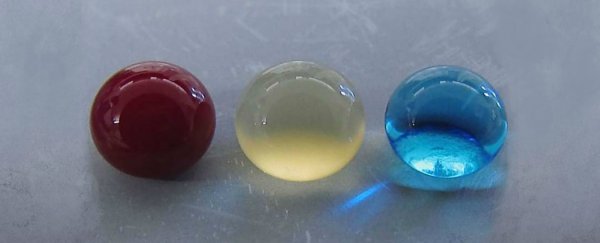Implanted medical devices like stents, catheters, and titanium rods are essential, life-saving tools for patients around the world.
Still, having a foreign object in the human body does pose its own risks – chiefly, having the body reject the object or increasing the risk of dangerous blood clots.
A new collaboration between two distinct scientific disciplines is working toward making those risks a concern of the past.
Biomedical engineers and materials scientists from Colorado State University (CSU) have developed a "superhemophobic" surface treatment for titanium that repels liquids including blood, plasma, and water.
The titanium is essentially studded with nanoscale tubes treated with a non-stick chemical. The result is a surface that completely repels any liquid with which it would come in contact.
The team's findings are published in Advanced Healthcare Materials.
In cases where a body does reject a medical implant, the patient's immune system detects the foreign object and mounts a defense against it, which can lead to serious inflammation and other complications.
The real trick to the team's surface is that the body doesn't even recognise that it's there.
According to Arun Kota, assistant professor of mechanical engineering and biomedical engineering at CSU, "We are taking a material that blood hates to come in contact with, in order to make it compatible with blood."
Regarding clotting, patients with medical implants often need to stay on a regimen of blood-thinning drugs to decrease the risk.
However, blood thinners are not guaranteed to work, and they also carry the risk of leading to excessive bleeding due to the prevention of even beneficial clotting near wounds.
As Ketul Popat, associate professor of mechanical engineering and biomedical engineering at CSU explains, "The reason blood clots is because it finds cells in the blood to go to and attach."
"If we can design materials where blood barely contacts the surface, there is virtually no chance of clotting."
This material is only in its earliest stages of development. Should the team's findings hold up to further scrutiny, these life-saving medical devices could be given an unprecedented boost in safety.
This article was originally published by Futurism. Read the original article.
